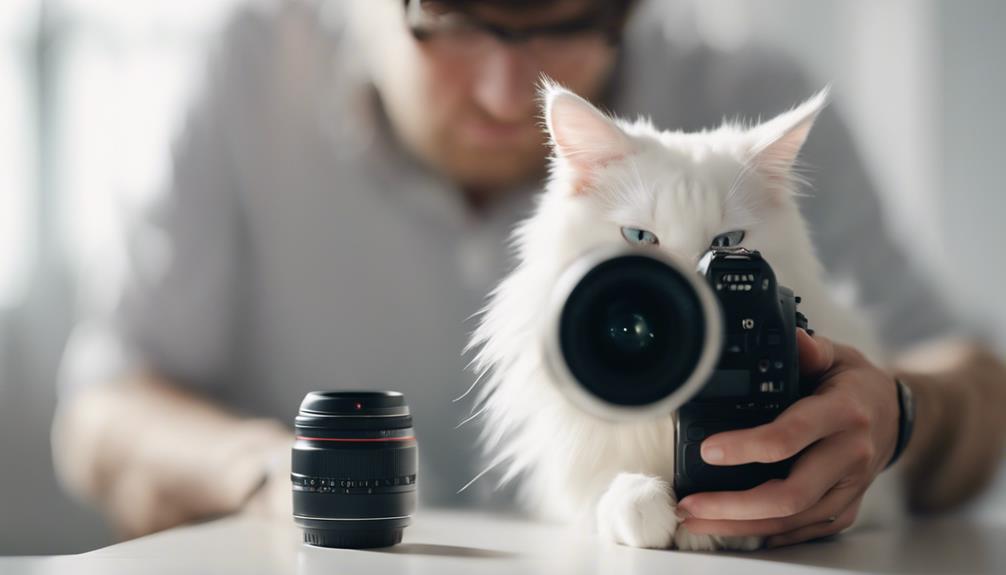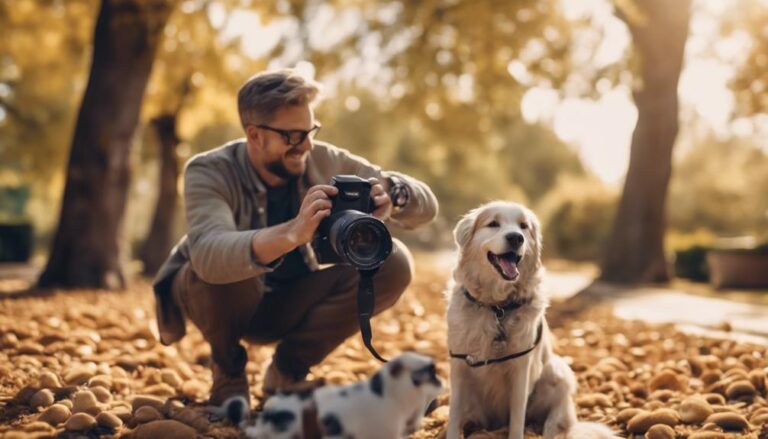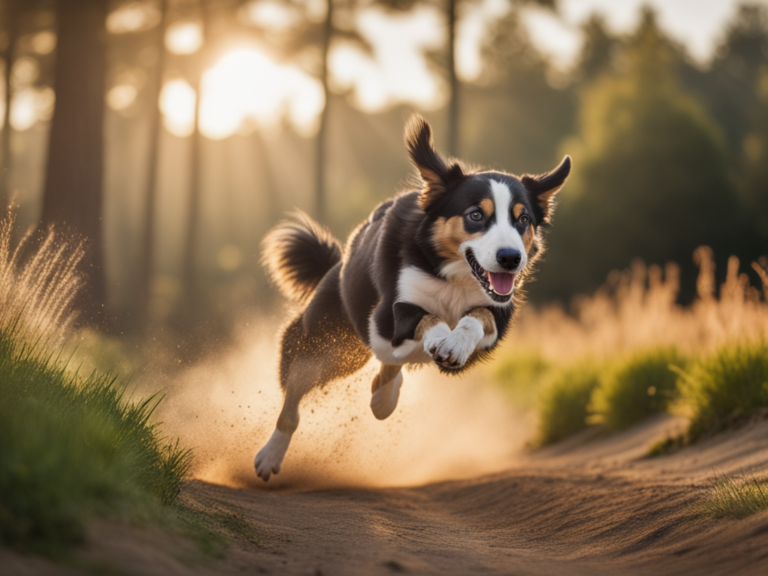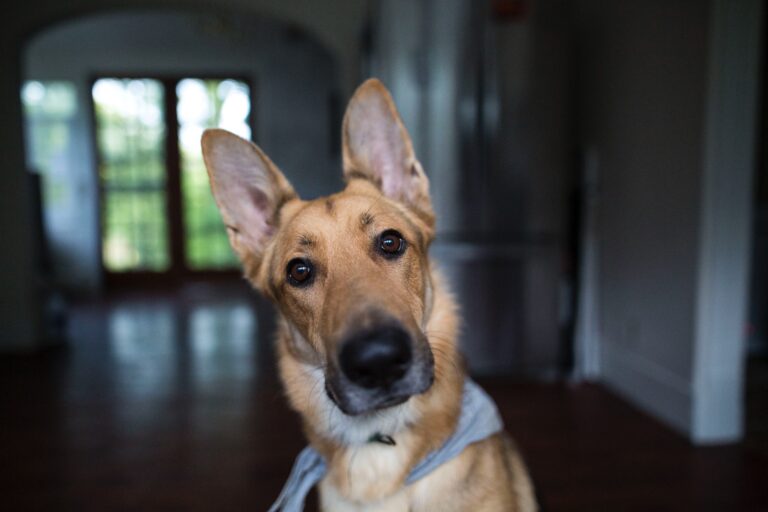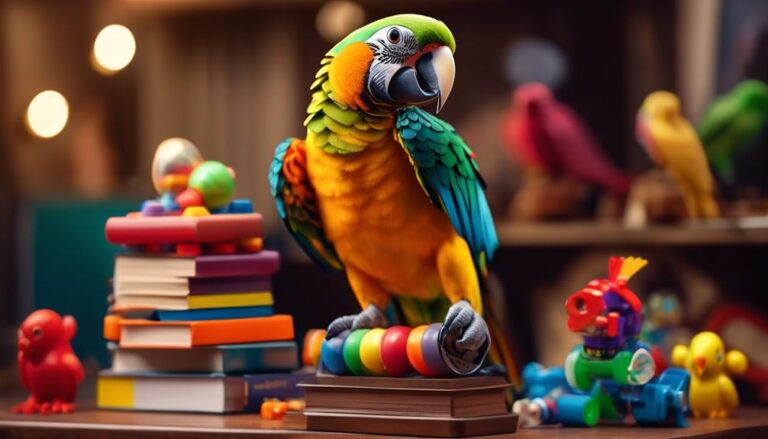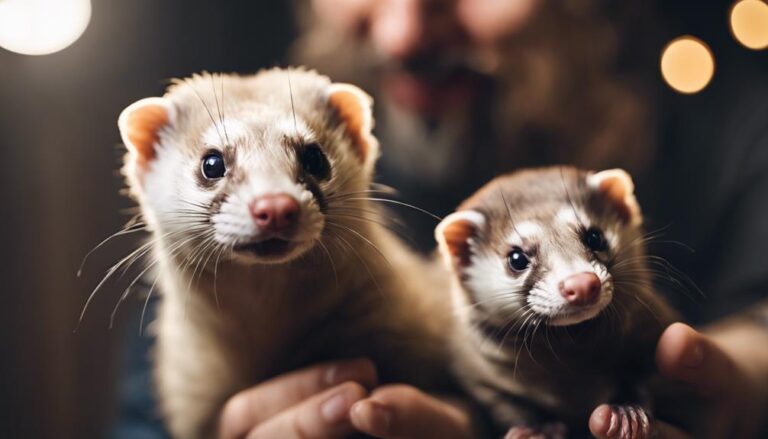Improve your photography skills with specialized cat photography courses. Master capturing mesmerizing feline moments with experienced professionals. Gain insights into understanding cat behavior for enchanting photos. Learn essential equipment and lighting techniques for feline portraits. Discover composition tips for stunning cat images. Develop your portfolio and market yourself effectively in the cat photography world. Ready to elevate your craft?
Why Choose Cat Photography Courses?
If you're passionate about capturing stunning images of feline friends, enrolling in cat photography courses can enhance your skills and knowledge to a great extent. These courses are designed to help you improve your photography skills while providing you with creative inspiration specifically tailored to photographing cats. By enrolling in these courses, you'll have the opportunity to learn from experienced professionals who can provide valuable insights and techniques to take your cat photography to the next level.
One of the key benefits of cat photography courses is the focus on improving skills that are essential for capturing high-quality images of cats. You'll learn how to work with different lighting conditions, adjust camera settings for best results, and compose shots that highlight the unique characteristics of each cat. These skills are important for creating visually appealing and emotionally engaging photographs that resonate with viewers.
Moreover, cat photography courses can also provide you with creative inspiration to explore new ideas and perspectives in your work. Through assignments, projects, and discussions with instructors and fellow students, you'll be exposed to different styles and approaches to cat photography that can spark your creativity and help you develop your own unique photographic voice. Overall, enrolling in cat photography courses can be a valuable investment in your passion for capturing beautiful images of our feline friends.
Understanding Cat Behavior for Better Photos
Enhance your cat photography skills by delving into the intricacies of feline behavior to capture better photos. Understanding cat behavior is essential for taking stunning photographs. Pay close attention to their body language and expressions. A cat's body language can reveal a lot about its mood and intentions. For example, a cat with flattened ears and dilated pupils may be feeling defensive or scared, while a cat with a relaxed posture and softly blinking eyes is likely feeling content and at ease. By observing these cues, you can anticipate the perfect moment to capture a genuine and emotive photo.
Moreover, consider the interaction between the cat and its environment. Cats are curious creatures that often interact with their surroundings in playful and inquisitive ways. To capture their natural behavior, create a stimulating environment for them to explore during the photoshoot. Incorporate toys, treats, or familiar objects that will pique their interest and encourage dynamic poses. Be patient and let the cat explore at its own pace, as this will result in more authentic and enthralling photos.
Essential Equipment for Cat Photography
To capture enchanting cat photos, equip yourself with the necessary tools for cat photography. Here are the essential equipment and tips:
- Lighting Setup
Proper lighting is essential for cat photography. Natural light works best, so position your cat near a window or in a well-lit room. If shooting indoors, consider investing in softbox lights to create a flattering glow. Experiment with different angles to avoid harsh shadows on your feline subject.
- Camera Settings
Set your camera to a high shutter speed to freeze any sudden movements your cat might make. Opt for a wide aperture to achieve a shallow depth of field, making your cat the focal point while blurring the background. Adjust the ISO to guarantee a well-exposed image without introducing too much noise.
- Props
Introducing props can add depth and character to your cat photos. Toys, treats, or even simple accessories like a colorful blanket can enhance the composition and bring out your cat's personality. Just make sure the props are safe and won't cause any stress to your furry model.
- Backdrops
Choose neutral or simple backdrops to avoid distractions and keep the focus on your cat. Solid colors or minimal patterns work best. Consider using fabric or paper backdrops that are easy to switch out for different looks without overwhelming the photo.
Mastering Lighting Techniques for Feline Portraits
Utilize natural light or softbox lights strategically to master lighting techniques for capturing stunning feline portraits. When working with natural light, position your cat near a large window or in an outdoor setting with indirect sunlight to achieve soft, flattering illumination. To control the light further, consider using diffusers or sheer curtains to soften harsh sunlight and prevent harsh shadows.
In a studio setup, softbox lights can provide consistent, gentle lighting for your cat photography sessions. Experiment with different placements of the softbox lights to create depth and dimension in your images. Avoid using direct flash, as it can cause unflattering reflections in your cat's eyes and harsh shadows on their fur.
To add creativity to your feline portraits, explore various angles and perspectives. Get down to your cat's eye level for intimate close-ups that showcase their unique features and expressions. Experiment with different compositions and framing techniques to highlight your cat's personality and charm.
Composition Tips for Stunning Cat Images
For mesmerizing cat images that stand out, consider incorporating the rule of thirds in your compositions. This classic photography technique involves dividing your frame into a 3×3 grid and placing your subject at the points where the gridlines intersect. Here are some more tips to enhance your cat photography:
- Play with Lighting Techniques: Experiment with different lighting setups to create mood and drama in your images. Utilize natural light for soft and flattering portraits, or try using artificial lighting to add a creative flair to your cat photos.
- Explore Creative Angles: Don't be afraid to get down to your cat's level or shoot from above to capture interesting perspectives. Changing your shooting angle can add depth and dimension to your images, making them more visually engaging.
- Carefully Select Backgrounds: Pay attention to the background of your shots to avoid distractions that take away from your cat's presence. Simple, uncluttered backgrounds or blurred backgrounds can help keep the focus on your feline subject.
- Master Post-Processing Techniques: Enhance your cat photos further by learning basic post-processing skills. Adjusting brightness, contrast, and colors can help polish your images and make them truly stand out.
Editing Tools and Techniques for Cat Photos
Enhance your cat photos with advanced editing tools and techniques to elevate the quality and visual appeal of your feline images. When it comes to editing cat photos, there are several key aspects to take into account. Color correction plays an important role in ensuring that the colors in your photos are vibrant and true to life. Whether it's adjusting the white balance to remove any unwanted color casts or enhancing the saturation to make your cat's fur pop, mastering color correction can make a significant difference in the overall look of your images.
Retouching is another essential skill to have in your editing toolkit. From removing blemishes to smoothing out fur, retouching allows you to perfect your cat photos and create flawless images. Additionally, filter applications can add a creative touch to your photos. Experimenting with different filters can help you achieve various moods and styles, from vintage effects to modern aesthetics.
Cropping is a simple yet powerful technique that can help improve the composition of your cat photos. By cropping your images strategically, you can eliminate distractions, focus on your cat's unique features, and create visually appealing compositions. Remember, editing should enhance your cat photos while still keeping them authentic and true to your feline subject.
Building a Portfolio in Cat Photography
Start assembling your cat photography portfolio by capturing a diverse range of feline subjects in various settings and poses. To create a compelling portfolio that showcases your skills and style, follow these steps:
- Experiment with Cat Posing: Explore different ways to pose cats to bring out their unique personalities. Try capturing them lounging in a cozy spot, playing with toys, or peeking curiously from behind objects. Varying poses will add depth and interest to your portfolio.
- Focus on Cat Expressions: Cats are known for their expressive faces, so make sure to capture a range of emotions in your photos. Whether it's a playful expression, a contented look while being petted, or a curious gaze at a new toy, showcasing diverse expressions will captivate viewers.
- Utilize Different Settings: Shoot in various locations to add variety to your portfolio. Whether indoors with soft lighting for a cozy feel or outdoors in natural light for a more vibrant look, different settings can help highlight the versatility of your photography skills.
- Include Different Breeds and Ages: Incorporate a mix of cat breeds and ages in your portfolio. Showcasing different types of cats, from fluffy Persians to sleek Siamese, and kittens to senior cats, will demonstrate your ability to work with a wide range of subjects.
Marketing Yourself as a Cat Photographer
To establish yourself as a successful cat photographer, focus on showcasing your unique style and expertise through strategic marketing efforts. Developing a strong branding strategy is essential in setting yourself apart in the competitive photography industry. Your brand should reflect your personality, style, and the essence of your cat photography. Consider creating a logo, choosing a consistent color scheme, and crafting a compelling bio that highlights your passion for feline photography.
Utilizing social media engagement is a powerful tool to reach a broader audience and attract potential clients. Regularly post high-quality images of your cat photography work on platforms like Instagram, Facebook, and Pinterest to showcase your skills. Engage with your followers by responding to comments, asking for feedback, and running contests or giveaways to increase your online presence. Collaborating with pet influencers or cat-related accounts can also help expand your reach and attract more clients.
Networking with local pet stores, animal shelters, and veterinary clinics can help spread the word about your cat photography services. Offer to display your work in their establishments or collaborate on promotional events to increase visibility. By actively promoting your brand, engaging with your audience on social media, and establishing strong connections within the pet community, you can effectively market yourself as a sought-after cat photographer.
Frequently Asked Questions
Are There Any Specific Techniques for Capturing Candid Moments of Cats in Their Natural Behavior?
To capture candid cat moments, study their behavior for insights. Utilize natural lighting techniques for genuine shots. Consider equipment choices for clarity. During the editing process, enhance the mood without altering authenticity, preserving the natural essence of the moment.
How Can Photographers Ensure the Safety and Comfort of the Cats During Photoshoots?
To guarantee the safety and comfort of the cats during photoshoots, consider their behavior and expressions. Utilize gentle lighting techniques and adhere to posing guidelines that respect their boundaries. Establish a tranquil environment for the shoot.
Are There Any Specific Challenges or Tips for Photographing Cats With Unique Markings or Features?
When photographing cats with unique markings or features, consider using natural light for better results. Experiment with different poses and backgrounds to highlight their distinct characteristics. In editing, enhance colors and contrast to make their features pop.
Are There Any Legal Considerations or Permissions Required When Photographing Cats Owned by Others?
When photographing other people's cats, make sure to respect ownership rights by getting proper permissions. Consider privacy concerns and be aware of any regulations. Always ask for consent before capturing images of pets owned by others.
How Can Photographers Effectively Capture the Personality and Individuality of Each Cat in Their Photos?
To capture a cat's personality, use natural lighting techniques to highlight their features. Choose backgrounds that complement their colors. Encourage natural poses and expressions to convey emotions authentically. Focus on their unique traits for remarkable photos.
Conclusion
Overall, taking cat photography specialist courses can greatly enhance your skills in capturing stunning images of feline friends. By understanding cat behavior, mastering lighting techniques, and utilizing editing tools, you can create a portfolio that showcases your talent. With the right equipment and composition tips, you can market yourself as a successful cat photographer. So, why wait? Sign up for a course today and start capturing purr-fect moments with your camera!

